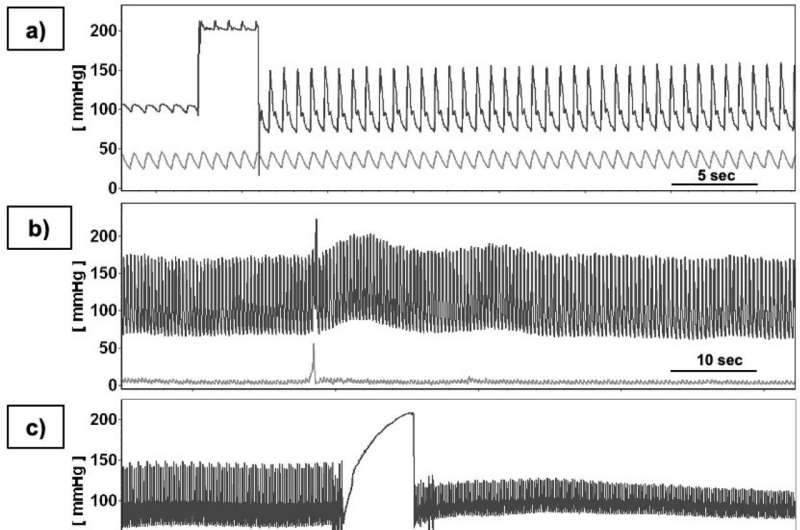Investigating the effect of common artifacts on pressure reactivity index

Pressure reactivity index or PRx is a tool for monitoring cerebral autoregulation in the intensive care setting for patients with severe traumatic brain injury or hemorrhage, in order to guide therapy to protect the brain from dangerously high or low cerebral blood flow. PRx is one of the recognized parameters for the assessment of cerebrovascular autoregulation, with a more than 20-year history in neurointensive care.
The reliability of the PRx calculation is crucial for its potential clinical use. The presence of artifacts in source biosignals poses a significant challenge. Manual artifact removal is laborious and delayed, which limits PRx use as a real-time clinical tool. Several attempts have been made to identify the sources of the artifacts.
Apart from the artifacts originating from the disconnection of the monitors and from technical issues, there are several situations common in an intensive care unit that can distort the waveform values such as patient positioning or coughing.
In a recent study published in Scientific Reports, researchers from the Faculty of Biomedical Engineering, Czech Technical University in Prague investigated the effect of common artifacts in arterial blood pressure and intracranial pressure signals on the calculation of PRx. Specifically, the identified artifacts were further analyzed to evaluate how relevant it is to remove these segments from the signals and how they alter the PRx value.
The results support the concept of automatic online artifact detection systems. Such a system allows not only the detection but also the bridging of these segments, so the final reliable results of advanced calculations are presented to the clinician at the bedside. Moreover, researchers suggest that certain types of artifacts can have a significant effect on PRx calculation, thus possibly affecting its value as a research or clinical tool.
“This study underlines the need for careful artifact treatment prior PRx calculation, as certain types of artifacts can have a significant impact on PRx value, possibly leading to faulty data interpretation,” says the Assoc. prof. Martin Rozanek, Ph.D.
More information:
Martin Rozanek et al, Effect of artifacts upon the pressure reactivity index, Scientific Reports (2022). DOI: 10.1038/s41598-022-19101-y
Journal information:
Scientific Reports
Source: Read Full Article
